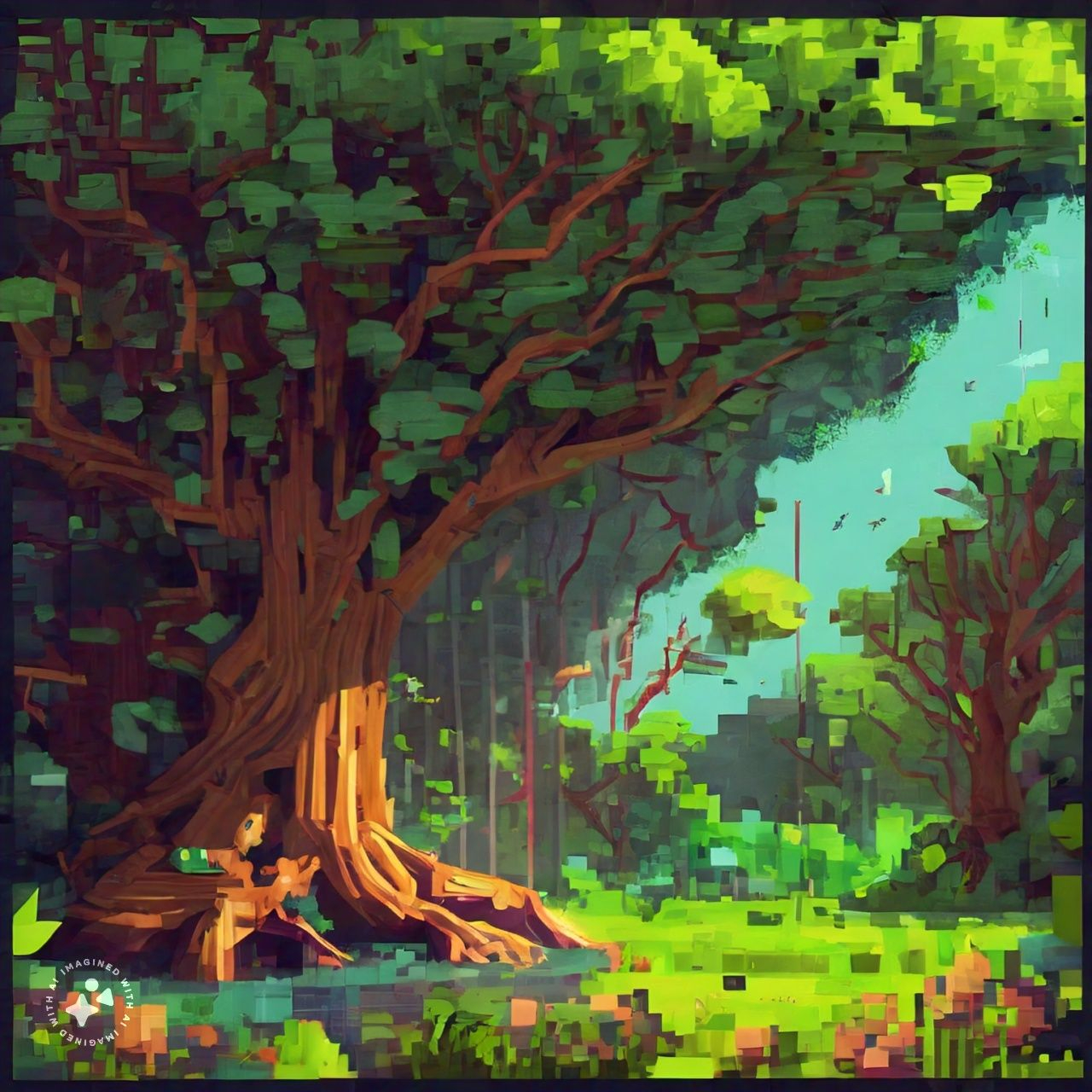Thermodynamic Limits Around M-dwarf Stars: Model of an Oxygenic Light-harvesting System
by
August 1st, 2024
Audio Presented by

Cultivating life through Photosynthesis, harnessing sunlight to nourish ecosystems and fuel a sustainable future.
Story's Credibility

About Author
Cultivating life through Photosynthesis, harnessing sunlight to nourish ecosystems and fuel a sustainable future.